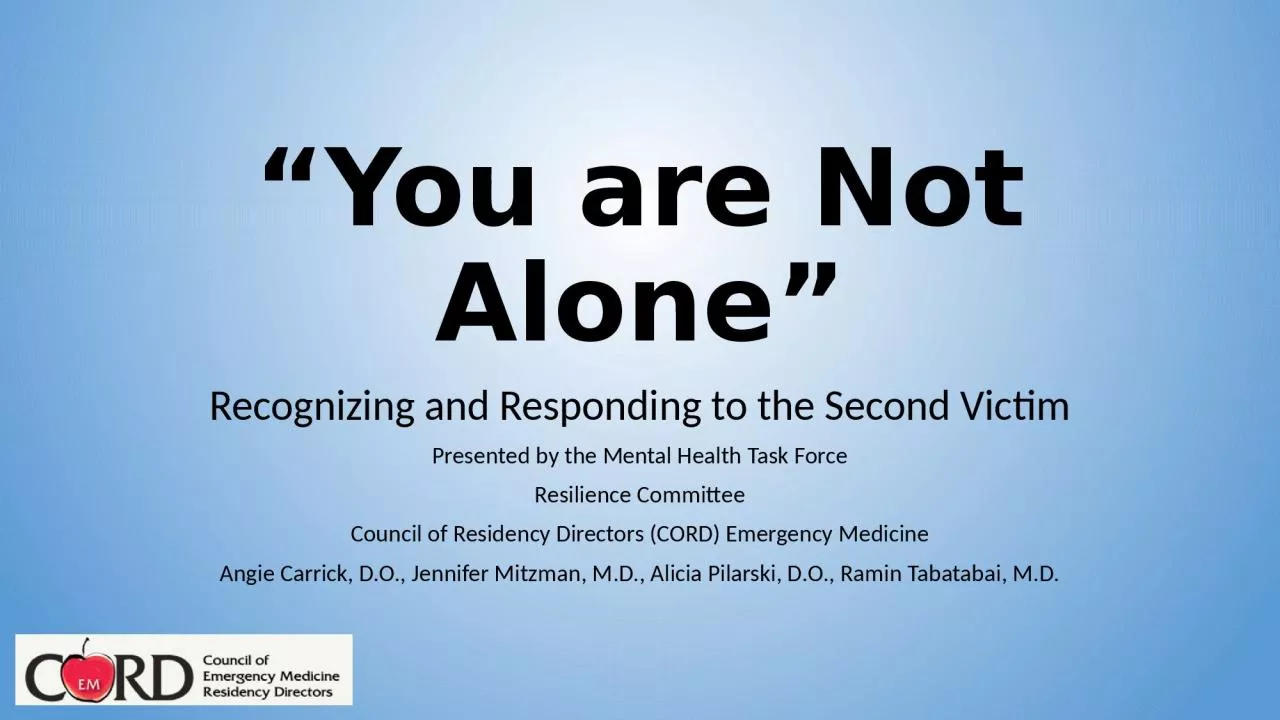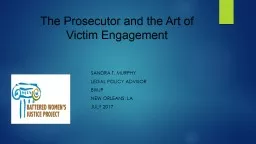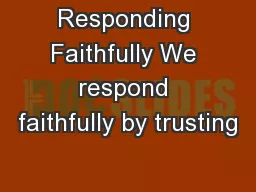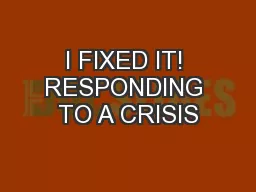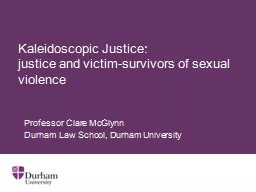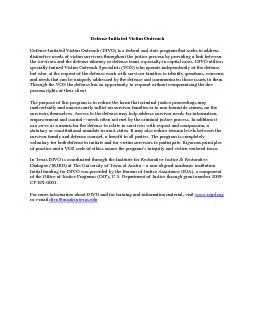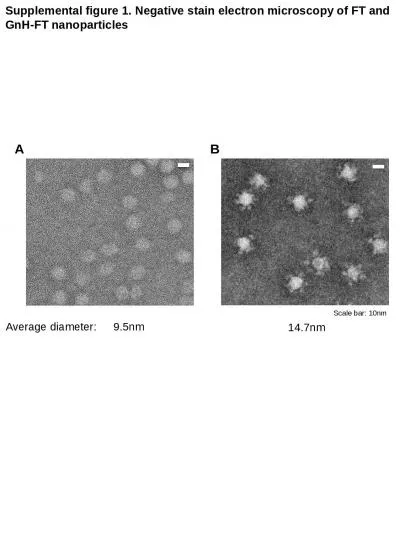PPT-“You are Not Alone” Recognizing and Responding to the Second Victim
Author : winnie | Published Date : 2024-01-03
Presented by the Mental Health Task Force Resilience Committee Council of Residency Directors CORD Emergency Medicine Angie Carrick DO Jennifer Mitzman MD Alicia
Presentation Embed Code
Download Presentation
Download Presentation The PPT/PDF document "“You are Not Alone” Recognizing and ..." is the property of its rightful owner. Permission is granted to download and print the materials on this website for personal, non-commercial use only, and to display it on your personal computer provided you do not modify the materials and that you retain all copyright notices contained in the materials. By downloading content from our website, you accept the terms of this agreement.
“You are Not Alone” Recognizing and Responding to the Second Victim: Transcript
Download Rules Of Document
"“You are Not Alone” Recognizing and Responding to the Second Victim"The content belongs to its owner. You may download and print it for personal use, without modification, and keep all copyright notices. By downloading, you agree to these terms.
Related Documents

